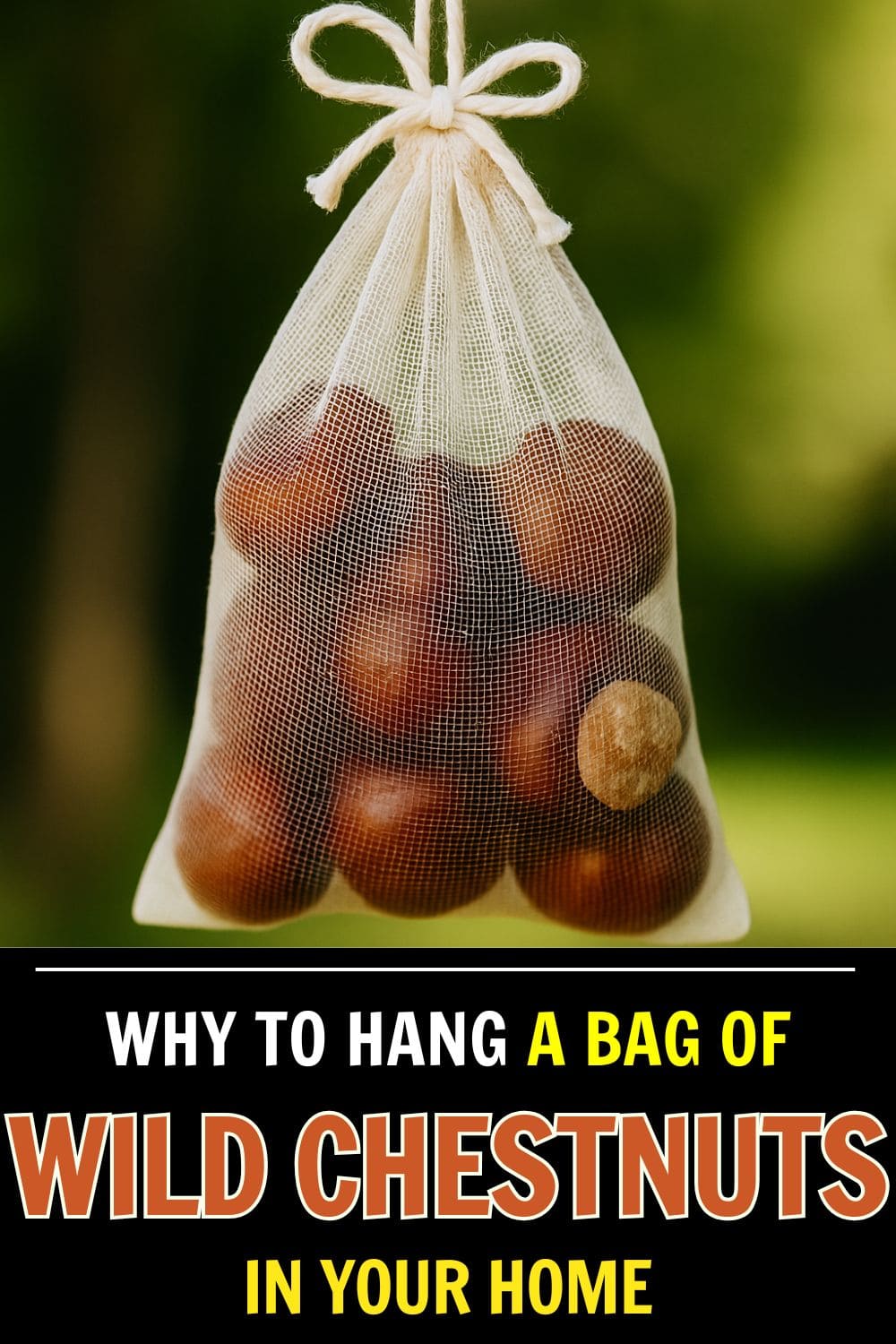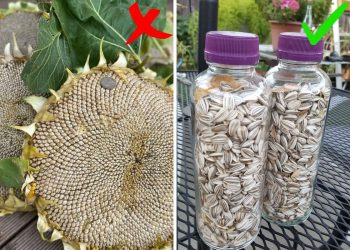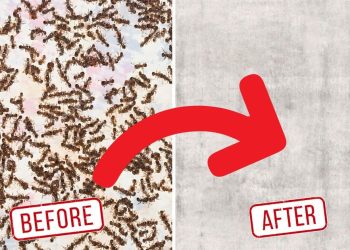Every autumn, glossy brown wild chestnuts begin to tumble from the horse chestnut trees that line country roads, parks, and gardens.
Their smooth shine and deep color are unmistakable symbols of the season.
But beyond their nostalgic charm, these humble nuts have long held a place of quiet power in traditional homes.
For centuries, people across Europe hung small bags of wild chestnuts indoors for their remarkable natural benefits.
The Secret Power of Wild Chestnuts
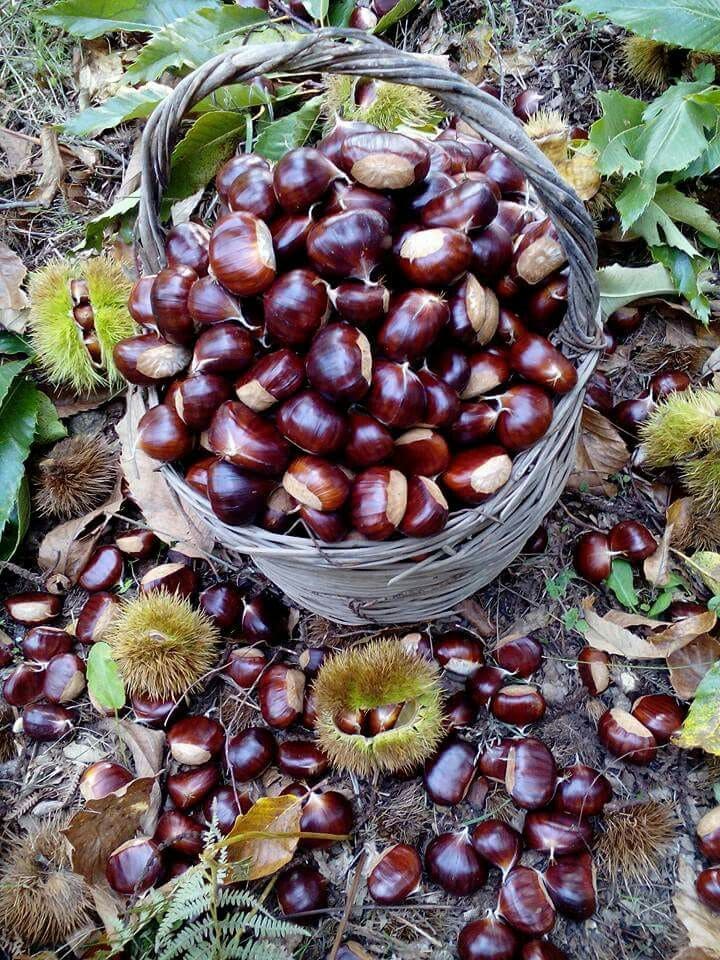
Wild chestnuts contain a plant compound called triterpenoid saponin.
This is a natural detergent-like substance known for its cleansing, deodorizing, and insect-repelling abilities.
When the nuts dry out, they release trace amounts of these saponins into the air.
The scent is so mild most humans can’t detect it, but for moths, spiders, and other small insects, it’s distinctly unpleasant.
Wild vs. Edible Chestnuts: Know the Difference
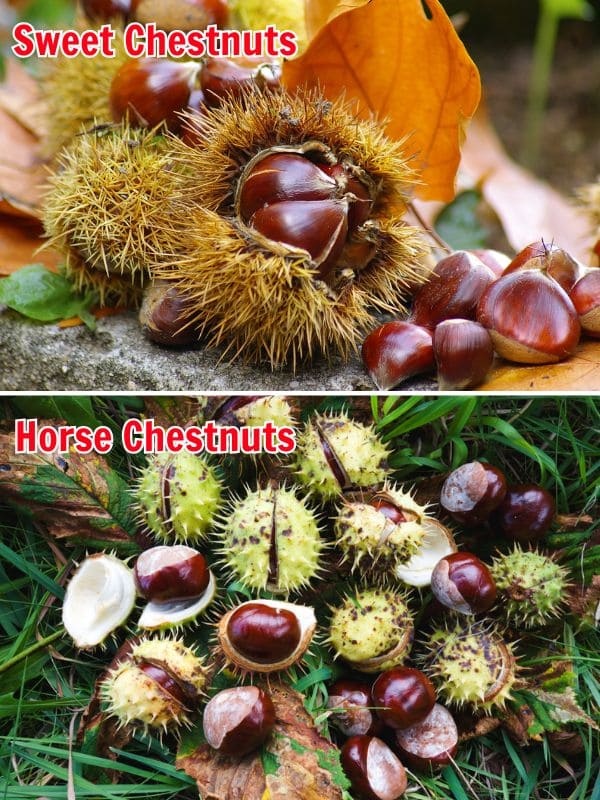
There’s a key difference between the wild horse chestnut (Aesculus hippocastanum) and the edible sweet chestnut (Castanea sativa).
Horse chestnuts, commonly called conkers, grow on tall, broad trees found in parks and along roadsides.
Their husks are thick with a few large spikes and usually hold one or two big nuts inside.
These are not edible, as they contain a toxic compound called aesculin, which can cause nausea or digestive issues if ingested.
However, they’re perfectly safe to handle and use in the home for cleaning, pest control, and decoration.
Sweet chestnuts, on the other hand, come from shorter, more slender trees, and their husks are covered in finer, hair-like spines.
They hold several smaller nuts, which are sweet, edible, and often roasted or used in baking.
The easiest rule of thumb:
- If it’s smooth and shiny with a few large spikes on the shell, it’s likely wild and inedible.
- If it’s smaller, darker, and covered in fine bristles, it’s edible and delicious roasted.
10 Reasons to Hang a Bag of Wild Chestnuts in Your Home
1. A Natural Moth Repellent That Really Works
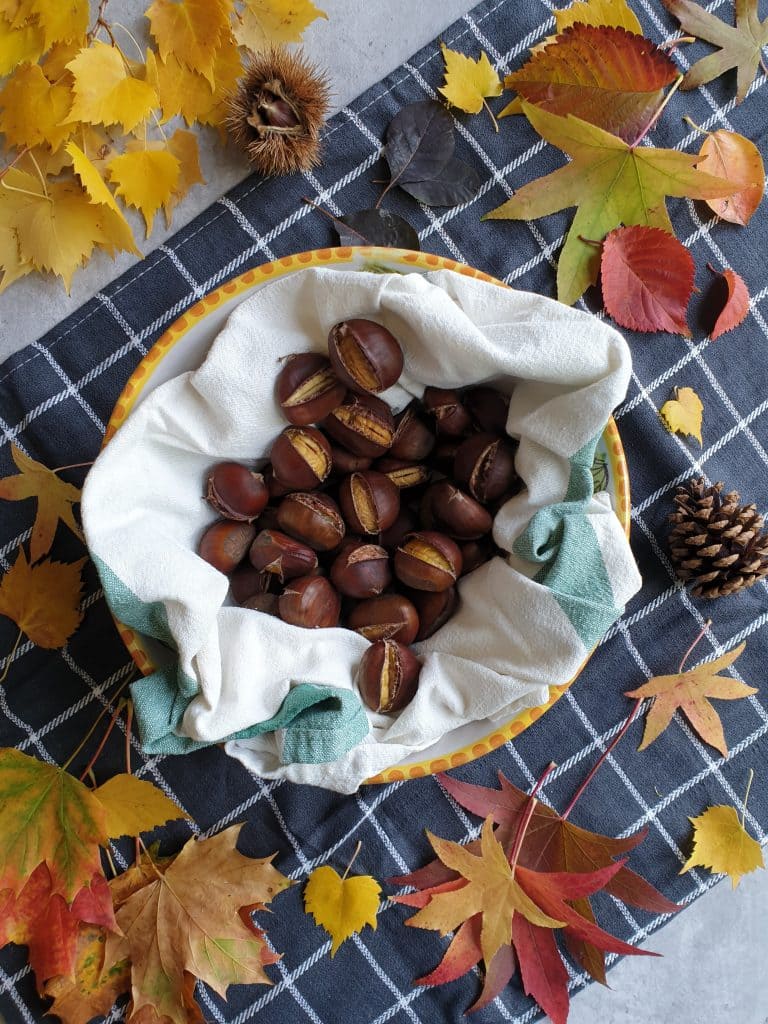
If you’ve ever opened a wardrobe to find tiny holes in your favorite wool sweater, you know how destructive moths can be.
Wild chestnuts offer a gentle, toxin-free alternative to commercial mothballs.
As they dry, the saponins within the nuts act as a mild fumigant, creating an invisible barrier that moths dislike.
You simply place 5-8 fresh conkers in a small cotton or mesh bag and hang it among your clothes or linens.
For extra potency, cut a few chestnuts in half before placing them in the bag, it helps release their natural aroma faster.
2. Keeps Spiders Away Naturally
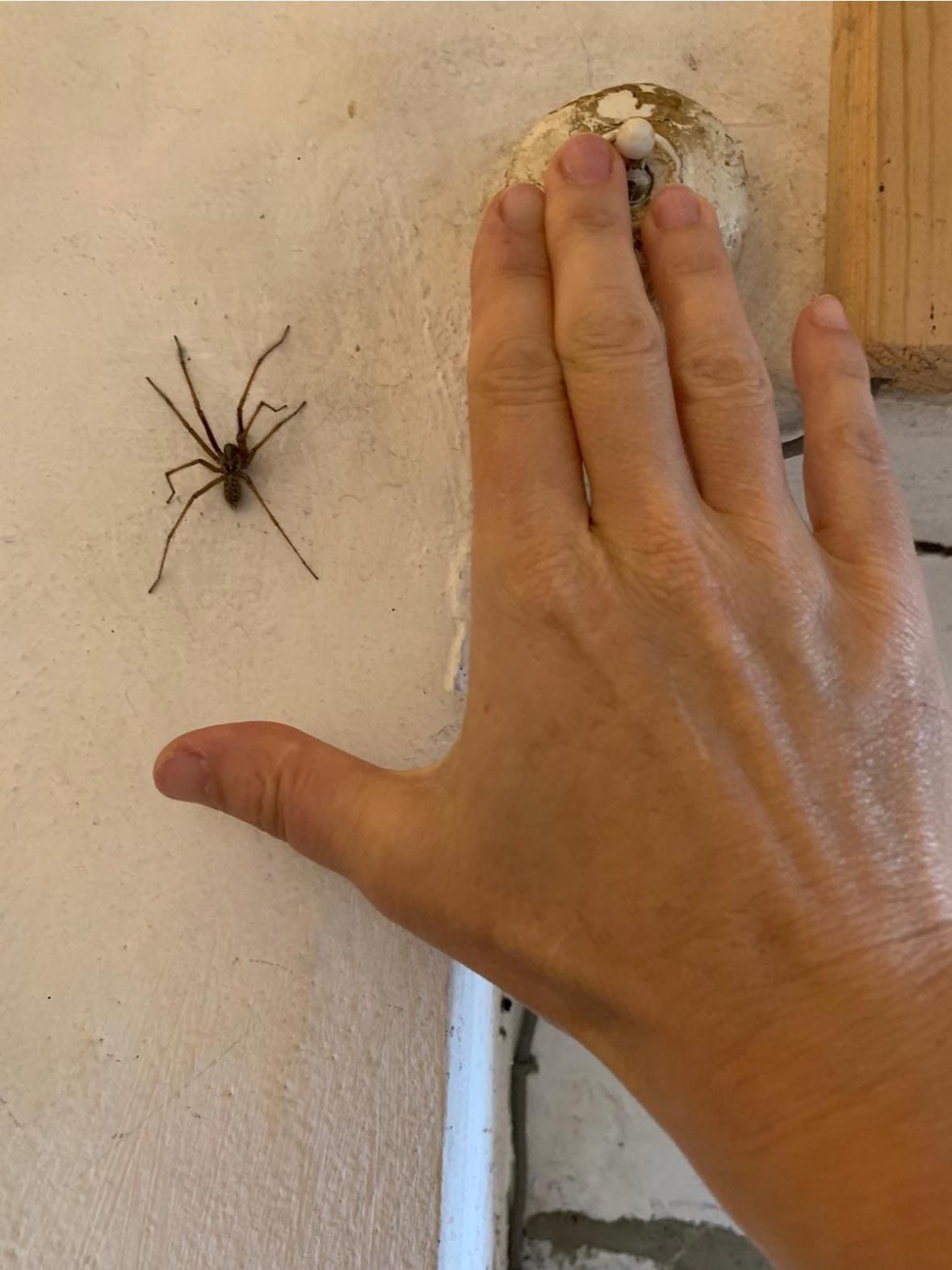
As cooler weather sets in, spiders often wander indoors looking for warmth.
Many people have noticed that hanging a small bag of horse chestnuts near windowsills or corners seems to keep them away.
While science hasn’t fully proven why, it’s believed that saponins or certain volatile oils in the chestnut shell act as a mild deterrent.
You can pair them with a drop or two of peppermint or eucalyptus essential oil for an added natural barrier.
3. A Subtle, Earthy Air Freshener
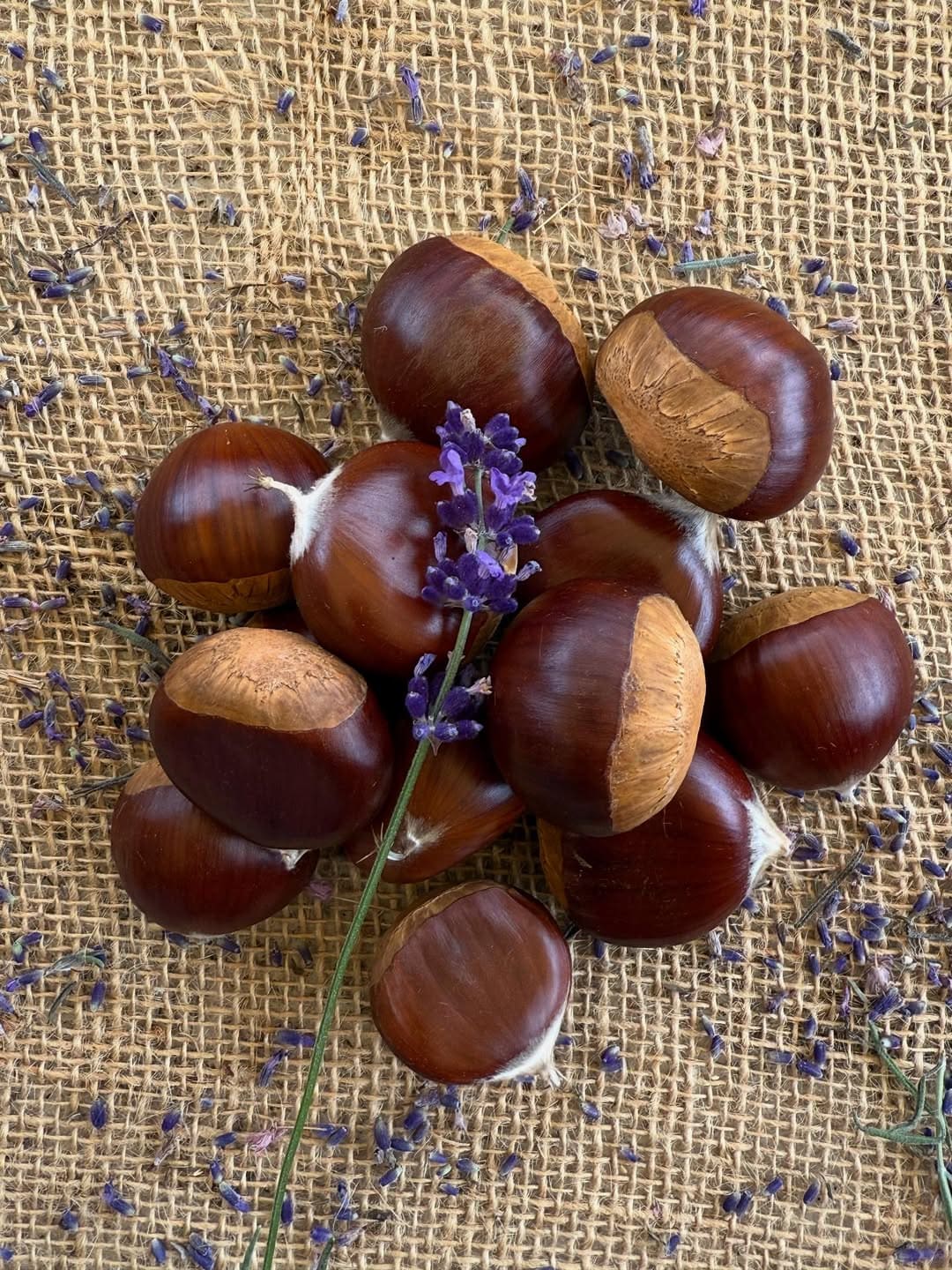
Wild chestnuts naturally absorb musty odors, making them a wonderful addition to closets, entryways, or bathrooms.
The earthy aroma they produce is gentle and grounding, a far cry from artificial air fresheners.
To make your own fall-inspired sachets, mix dried conkers with herbs like lavender, rosemary, or thyme.
Then add a few drops of essential oil (orange, clove, or cinnamon blend beautifully) and hang the sachets throughout your home.
4. Reduces Dampness and Musty Odors
Because chestnuts are porous, they help draw in excess moisture from small, enclosed areas.
Hang a bag inside cupboards, near shoe racks, or in your laundry room to help keep humidity low and prevent mold or mildew buildup.
Also, replace the nuts every few weeks for best results, especially in damp climates.
5. A Touch of Seasonal Décor
Even if you never use them for their practical benefits, there’s no denying how beautiful wild chestnuts are.
Their deep mahogany sheen adds warmth and character to any room.
You just fill a glass bowl with chestnuts and pinecones, tuck a few into a wreath, or hang them in jute bags with ribbon for a rustic look.
They pair perfectly with other natural materials like dried leaves, cinnamon sticks, or orange slices for a cozy fall display.
6. Symbolic Meaning and Tradition
In folklore, chestnuts were thought to bring protection, health, and good fortune.
People often carried one in their pocket to guard against illness or negative energy, while hanging a bag in the home was said to invite peace and prosperity.
Even if you see it as simple symbolism, there’s something grounding about keeping a small piece of nature indoors.
7. For Eco Cleaning and Natural Soap
If you want to take things a step further, you can even use wild chestnuts to make a mild, biodegradable cleaner.
Their saponins create a natural soapy liquid that works for gentle household cleaning.
Here’s how:
- Crush 5-6 conkers into small chunks.
- Soak them in 2 cups of warm water overnight.
- Strain the liquid, it will turn slightly milky.
You can use it for wiping surfaces or washing delicate fabrics. Bonus, add lemon or tea tree oil for fragrance and antibacterial power.
8. Soothes Tired Legs and Improves Circulation
Horse chestnut extract is a well-known herbal ingredient in creams designed to support blood circulation and ease leg fatigue.
Its active compound, aescin, helps strengthen veins and reduce inflammation.
While you shouldn’t use raw chestnuts directly, store-bought horse chestnut gels can help soothe heavy or swollen legs.
9. Compost or Garden Use
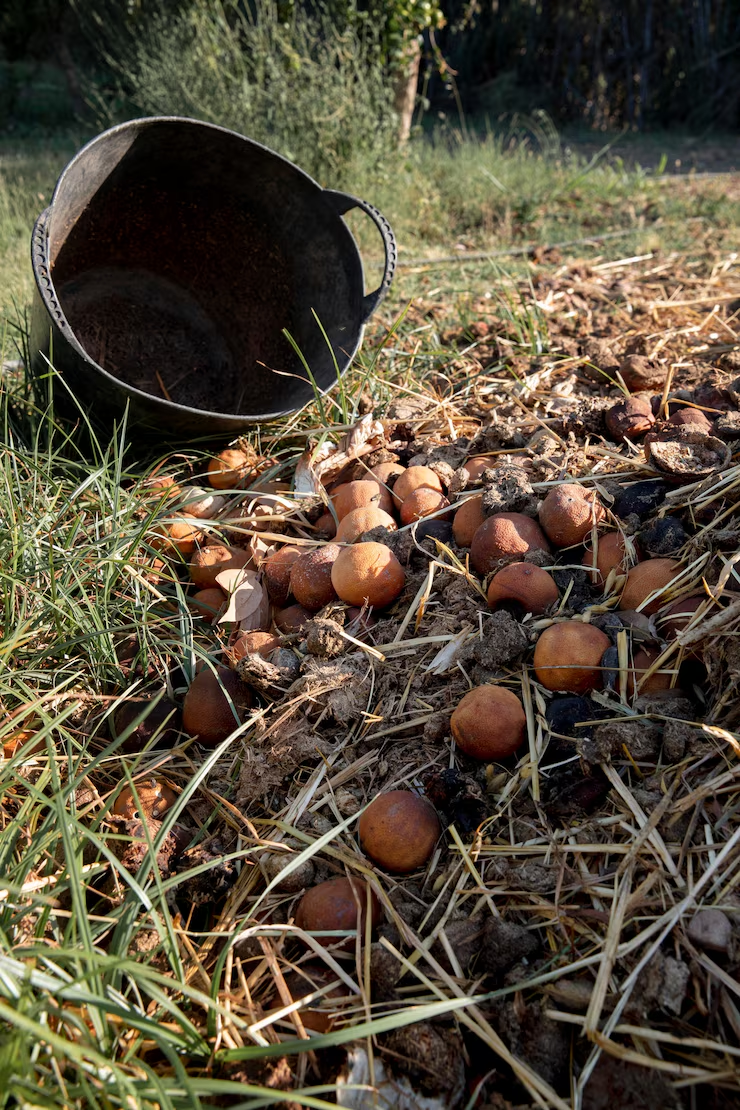
Once your chestnuts have lost their fragrance and potency, don’t throw them away. Break them into small pieces and add them to your compost bin.
They’ll enrich the soil as they decompose slowly, improving texture and encouraging worm activity.
Some gardeners even mix crushed conkers into their soil to deter certain pests naturally.
10. Eco-Friendly, Budget-Friendly, and Beautiful
In a world filled with synthetic products and disposable décor, a handful of chestnuts offers a refreshing return to simplicity.
They cost nothing to collect, are fully biodegradable, and connect you with the natural rhythms of the season.
Hanging a bag of wild chestnuts in your home this fall is more than a nostalgic tradition, it’s a beautiful way to care for your home, your environment, and your sense of calm.
